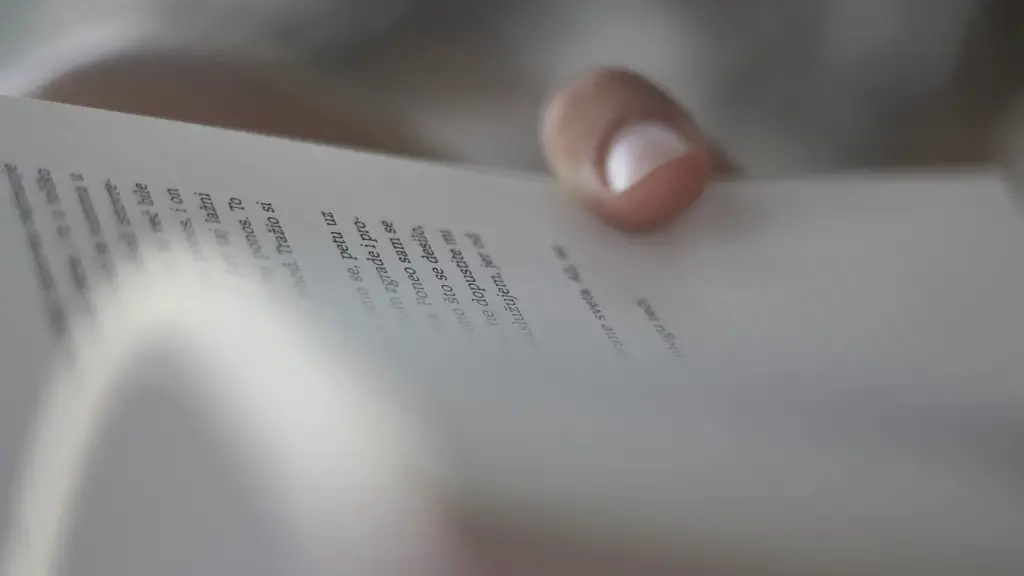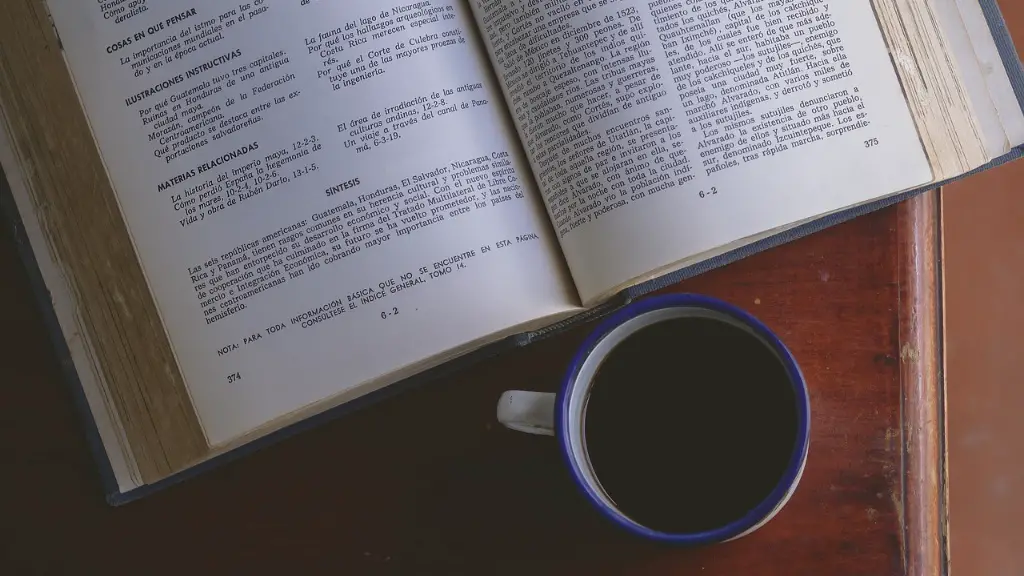Many theories abound as to why Emily Dickinson, one of America’s most celebrated poets, barely left her home in Amherst, Massachusetts. Some believe that she was agoraphobic, while others contend that she was simply a recluse who enjoyed her own company. Whatever the reason, Emily Dickinson’s self-imposed isolation had a profound impact on her poetry, which is noted for its deeply intimate and introspective nature.
There are many possible reasons why Emily Dickinson may have not gone outside. It is speculated that she was agoraphobic, which is a fear of open spaces. She may have also been suffering from depression, which can cause a person to lose interest in activities they once enjoyed. Additionally, she may have been introverted and preferred to spend time alone.
Why was Emily Dickinson so reclusive?
There is no one definitive answer to this question. Some experts speculate that her reclusive behavior was prompted by social anxiety or other mental disorders; others attribute it to overprotective parents or the deaths of close friends. Whatever the cause, Dickinson was known for her solitude in life and her masterly poetry in death.
Dickinson rebelled against more than just religious doctrine and her role as a 19th-century upper-class woman. She chose to lead a life of self-isolation that would enable her to write her famous poems. This decision was likely based on her desire to create art that was true to her own experience, rather than adhering to the expectations of her society. In doing so, Dickinson paved the way for future generations of women writers who would also dare to defy convention.
What is unusual about Emily Dickinson
Dickinson’s style is unique in that it disregards many common literary rules. She experimented with capitalization and allowed sentences to run on. Her work was inspired by the rhythmic devices of religious psalms, but she commonly interspersed her own creative pauses within the stanzas.
Emily Dickinson was a famous poet who lived in the nineteenth century. She is known for her unique and unconventional lifestyle. One of the things that made her stand out was her refusal to participate in many traditional domestic chores usually assigned to women. She enjoyed gardening, but refused to do household cleaning that she saw as a neverending task. This made her quite different from other women of her time.
What were Emily Dickinson’s last words?
Emily Dickinson was an American poet who died of Bright’s disease in 1886. In her final days, she was only able to write brief notes to her niece. One of her final messages contained the words, “I must go in, the fog is rising.”
As an INFP, Emily is usually reserved and idealistic. She enjoys being alone or with small groups of people and is a great listener. Emily is also very adaptable and can easily change her plans to suit the situation.
Who did Sue sleep with in Dickinson?
It’s true that Sue cheated on Emily’s brother and betrayed their bond, but Emily’s reaction takes her by surprise. Emily is quick to point out the betrayal, but Sue’s reply is unexpected. It’s possible that Sue is regretful for her actions and wants to repair the damage she’s done, but it’s also possible that she doesn’t see what she did as being betrayal. Whatever the case, it’s clear that the relationship between these two women is more complicated than it first appears.
It is believed that Emily Dickinson had a lifelong love affair with her childhood friend Susan Gilbert. The two women lived next door to each other throughout their adult lives and their close relationship is reflected in Emily’s poetry.
What caused Emily Dickinson’s death
The death of Queen Elizabeth I of England has been a mystery for centuries, with many theories as to what caused her death. However, new research has suggested that she died of heart failure induced by severe hypertension (high blood pressure). This is based on the effect of the strains mentioned in her letters, as well as her symptoms on her deathbed. It is likely that her coma was caused by her difficulty in breathing, which was a result of her heart failure. This new research provides a more likely explanation for her death than any of the other theories that have been proposed.
After her trip outside of Massachusetts, Emily remained in her father’s house to take care of her sick mother. She never left the house again and her father never let her out of his sight.
What was Emily Dickinson’s beliefs?
Emily Dickinson was a highly religious person who fervently believed in God and the immortality of the soul. She often said that life and the universe would make no sense without them, and it is believed that her faith grew stronger as she got older. There are many signs of this in her poetry, including “Those not live yet,” which seems to be a statement of her own personal faith.
Dickinson was interested in the question of what happens to the soul after death. She believed that the soul is immortal and that greatness of soul is the source of immortality.
Who did Emily Dickinson marry
It is clear that Dickinson valued communication highly, whether it be through her prolific writing or her close friendships. It seems that she cherished the written word as a way to connect with others and share her thoughts and feelings. Although she did not marry, it seems that her relationships with others were just as important to her.
“I am about to die or I am going to die; either expression is used”
“I must go in, the fog is rising”
“It is very beautiful over there”
“Looks like a good night to fly”
“OH WOW”
“I want nothing but death”
“Money can’t buy life”
“Either that wallpaper goes, or I do”
What was found after Dickinson’s death?
Dickinson is considered one of the most important American poets of the 19th century. Though she was a prolific writer, only a small number of her poems were published during her lifetime. After her death, her family discovered forty handbound volumes of her poetry. These poems were published posthumously and received critical acclaim. Dickinson is now considered one of the most innovative and influential poets of her time.
Emily Dickinson is a unique poet who has a couple of different tones in her poetry. She has death and suffering poems, in which she is quite pessimistic and depressing. But she also has some poems that read like tiny essays with a cognition above and beyond all other poets.
Final Words
There are a few possible reasons why Emily Dickinson may not have gone outside much. It is speculated that she suffered from agoraphobia, which is a fear of open or public spaces. Reclusive behavior is also a common symptom of depression, which Dickinson is known to have struggled with. Additionally, she may have simply preferred the company of her own thoughts to that of others. Whatever the reason, it is clear that Emily Dickinson was a complex individual who preferred to keep to herself.
It is possible that Emily Dickinson did not go outside because she was introverted and shy. It is also possible that she had an agoraphobia, which is a fear of open spaces.




